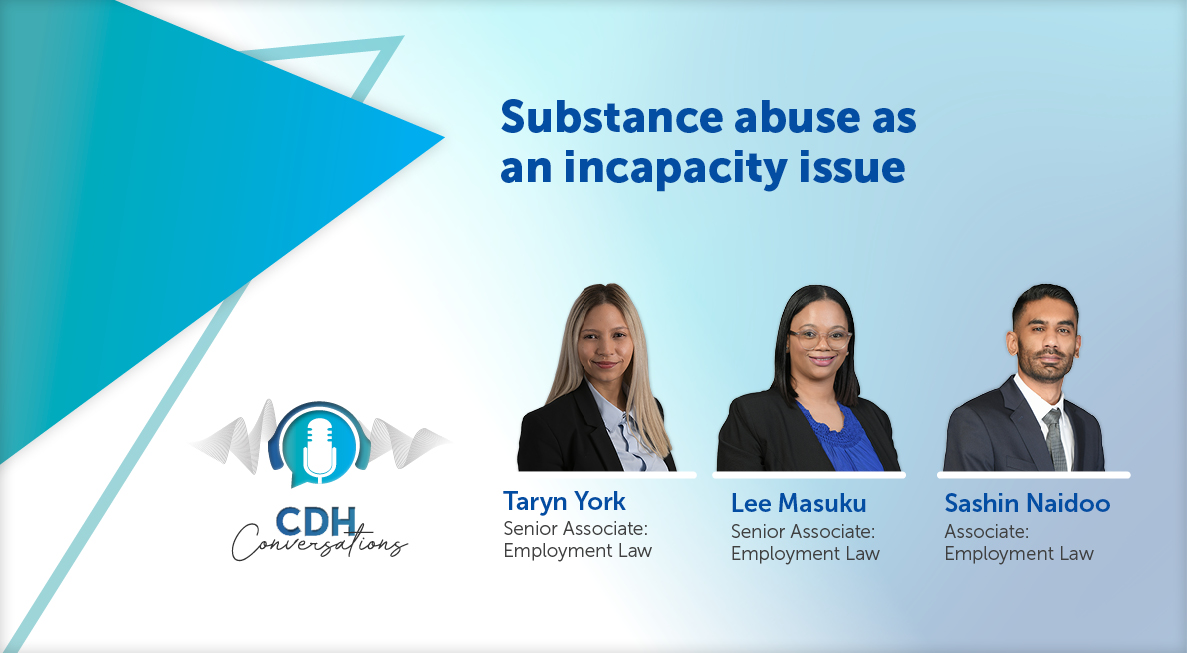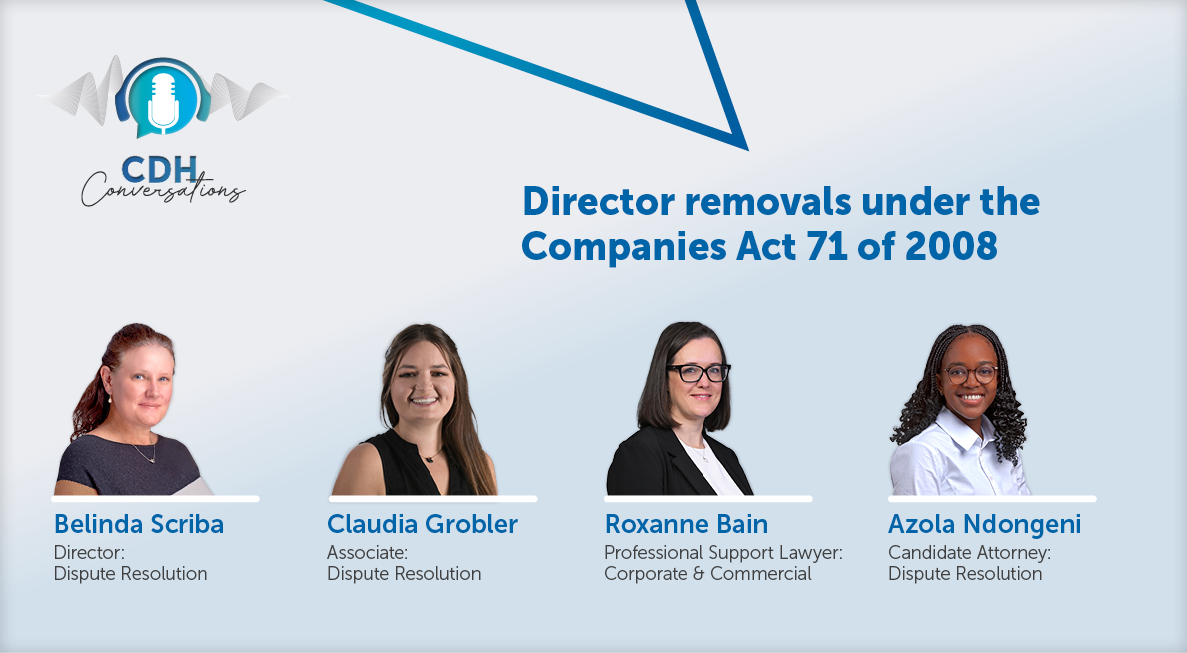Asset-for-share transactions and the assumption of (contingent) liabilities
The applicant was a locally listed resident company having various resident wholly-owned subsidiaries. As part of a group restructuring, it was proposed that the applicant dispose of certain assets, including the shares in its subsidiaries, to a new company to be wholly owned by the applicant. The assets were used in the applicant’s income-producing business.
As consideration for the transfer of the assets, the new company would issue shares in itself to the applicant, as well as assume certain liabilities and contingent liabilities. The liabilities would include debt attached to certain assets, and the contingent liabilities would include provisions for leave pay, incentives, environmental rehabilitation, share incentive scheme benefits, and post-retirement medical aid benefits.
Equity shares would thus be issued to the applicant to the value of the net asset value of the assets, taking into account the liabilities and contingent liabilities being assumed.
The Ruling assumes that:
- the applicant will dispose of the assets at book value, and that there would be no consideration other than the issue of shares and the assumption of the liabilities and contingent liabilities;
- the applicant will transfer “all the assets and liabilities (including contingent liabilities) that are attributable to and arose in the normal course of the business undertaking that is being disposed of…, as a going concern”; and
- section 197(2)(a) to (d) of the Labour Relations Act, No 66 of 1995 will apply with reference to liabilities towards employees, and that the new company would not have recourse to the applicant in respect of the contingent liabilities.
SARS ruled that the disposal of the assets “at net book value will constitute an ‘asset-for-share’ transaction under s42”.
It appears from this Ruling that s42(4) of the Act, which provides that the roll-over relief provided for in s42 would only apply to the extent that the consideration constitutes equity shares, would not be applicable in these circumstances. This is presumably so because that part of the consideration constituting the assumption of the liabilities and contingent liabilities constitutes 'debt' as contemplated in s42(8) of the Act, which is saved from the application of s42(4).
Section 42(8) of the Act refers to the disposal of “any business undertaking as a going concern to a company in terms of an asset-for-share transaction and that disposal includes any amount of debt that is attributable to, and arose in the normal course of that business undertaking”.
The entire transaction would thus constitute an asset-for-share transaction as defined in s41(1) of the Act, and not only to the extent that the consideration constitutes equity shares.
It is interesting to note that the Ruling suggests that contingent liabilities constitute an 'amount of debt' as contemplated in s42(8)(b) of the Act.
SARS further ruled that the new company would only be allowed to claim a deduction in respect of the contingent liabilities to the extent that the requirements of s11(a), read with s7B and 23(g), are complied with at the time that the contingent liabilities are realised. Regard must be had to the context of the business existing prior to the transfer of the business when determining whether the requirements for deduction are met. The fact that the contingent liabilities were assumed as part of the consideration for the assets must be ignored.
With reference to the provisions for environmental rehabilitation, SARS ruled that future payments may be deductible under s37A of the Act, provided that those requirements are met at the time. Again, no regard must be had to the fact that the contingent liabilities were assumed as part of the consideration for the assets.
The treatment of contingent liabilities in this Ruling appears to be consistent with the treatment of what SARS has referred to as ‘free-standing contingent liabilities’ in its previous discussion paper on contingent liabilities.
The information and material published on this website is provided for general purposes only and does not constitute legal advice. We make every effort to ensure that the content is updated regularly and to offer the most current and accurate information. Please consult one of our lawyers on any specific legal problem or matter. We accept no responsibility for any loss or damage, whether direct or consequential, which may arise from reliance on the information contained in these pages. Please refer to our full terms and conditions. Copyright © 2025 Cliffe Dekker Hofmeyr. All rights reserved. For permission to reproduce an article or publication, please contact us cliffedekkerhofmeyr@cdhlegal.com.
Subscribe
We support our clients’ strategic and operational needs by offering innovative, integrated and high quality thought leadership. To stay up to date on the latest legal developments that may potentially impact your business, subscribe to our alerts, seminar and webinar invitations.
Subscribe




